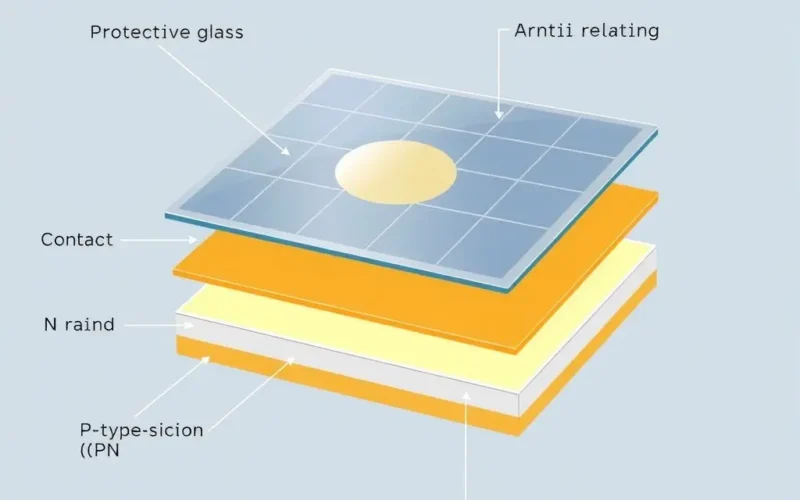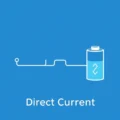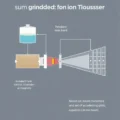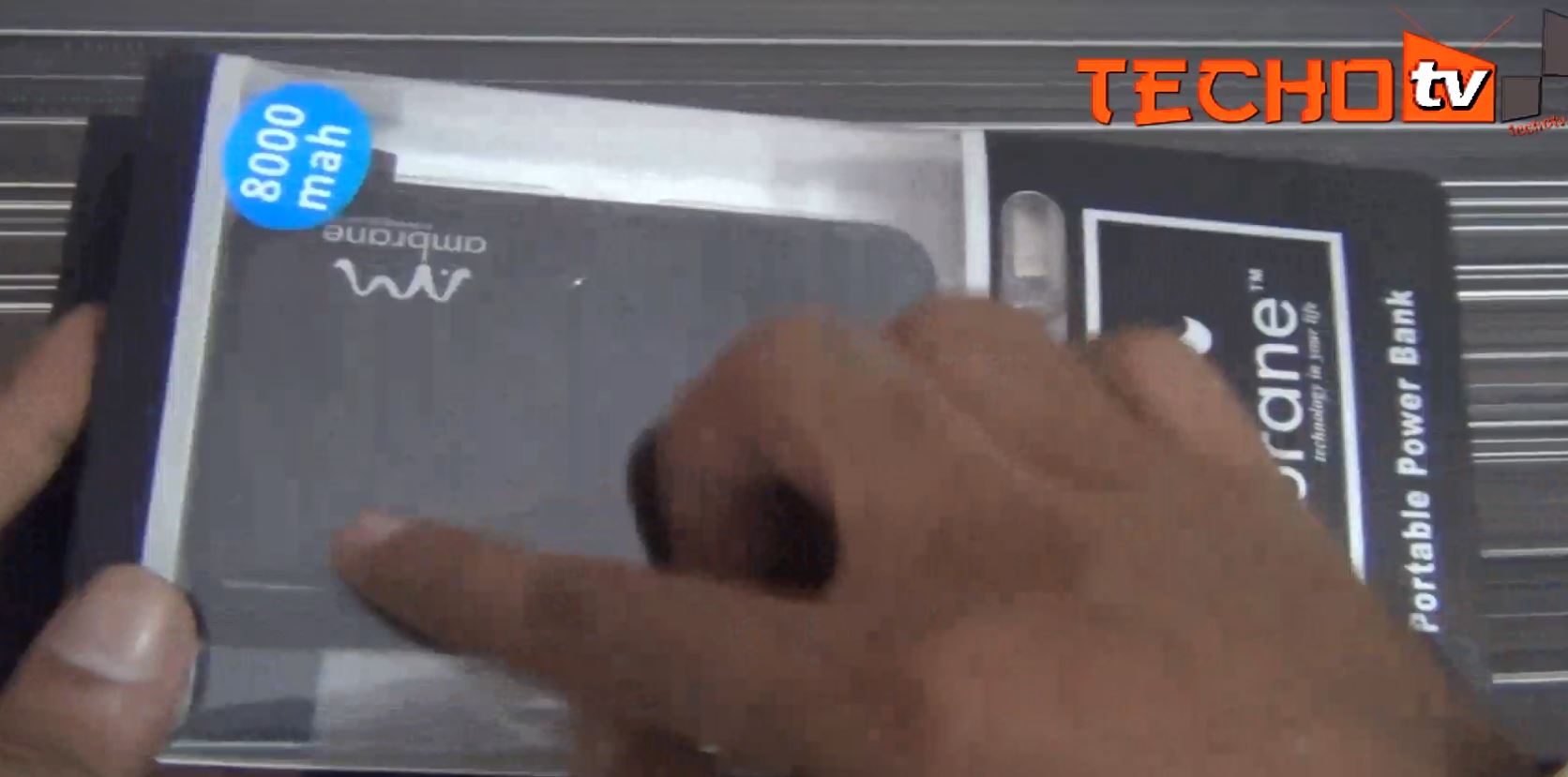Those sleek, dark rectangles adorning rooftops and fields worldwide aren’t just decorative; they are quiet powerhouses converting raw sunlight into the electricity that lights our homes, powers our devices, and fuels our modern lives. But have you ever stopped to wonder about the magic happening inside them? How exactly does mere sunshine get transformed into usable electrical current?
It might sound like complex science fiction, but at its core, the process is surprisingly elegant and based on a fundamental principle of physics.
If you’re in a hurry or prefer a quick visual rundown, we’ve distilled the essence into a rapid-fire explanation. Take a peek!
Now, let’s dive a little deeper and peel back the layers of this incredible technology.
Table of Contents
The Core Idea: The Photovoltaic Effect
At the heart of every solar panel lies the photovoltaic effect. This fancy term simply describes the phenomenon where certain materials produce a voltage (and thus an electric current) when exposed to light. Think of it as light literally knocking electrons loose within the material, causing them to flow.
The materials most commonly used for this purpose are semiconductors, with silicon being the undisputed king due to its abundance, stability, and excellent electronic properties.
Built for Power: Inside a Solar Panel
A typical solar panel isn’t just a single sheet; it’s a carefully engineered sandwich of materials designed to maximize the photovoltaic effect. Here’s a simplified look at the key layers within a solar cell (many of which make up a full panel):
- Protective Glass Layer: The top layer, durable and transparent, protecting the delicate cell components from weather and debris.
- Anti-Reflective Coating: Helps minimize light reflection, ensuring more sunlight penetrates the cell.
- Front Contact Layer: A grid of thin metal lines (often silver) that collects the electrons. It’s designed as a grid to allow maximum light penetration.
- Semiconductor Layers (The Magic Happens Here): Typically made of silicon. This is where the PN junction is formed (more on this below).
- Back Contact Layer: A solid metal layer (often aluminum) covering the entire back, providing structural support and collecting electrons from the back of the cell.
- Encapsulation Layer(s): Usually made of EVA (Ethylene Vinyl Acetate), these layers seal the components together, protecting them from moisture and ensuring durability.
- Backsheet: The rear protective layer, often made of a durable polymer, protecting the cell from the rear environment.
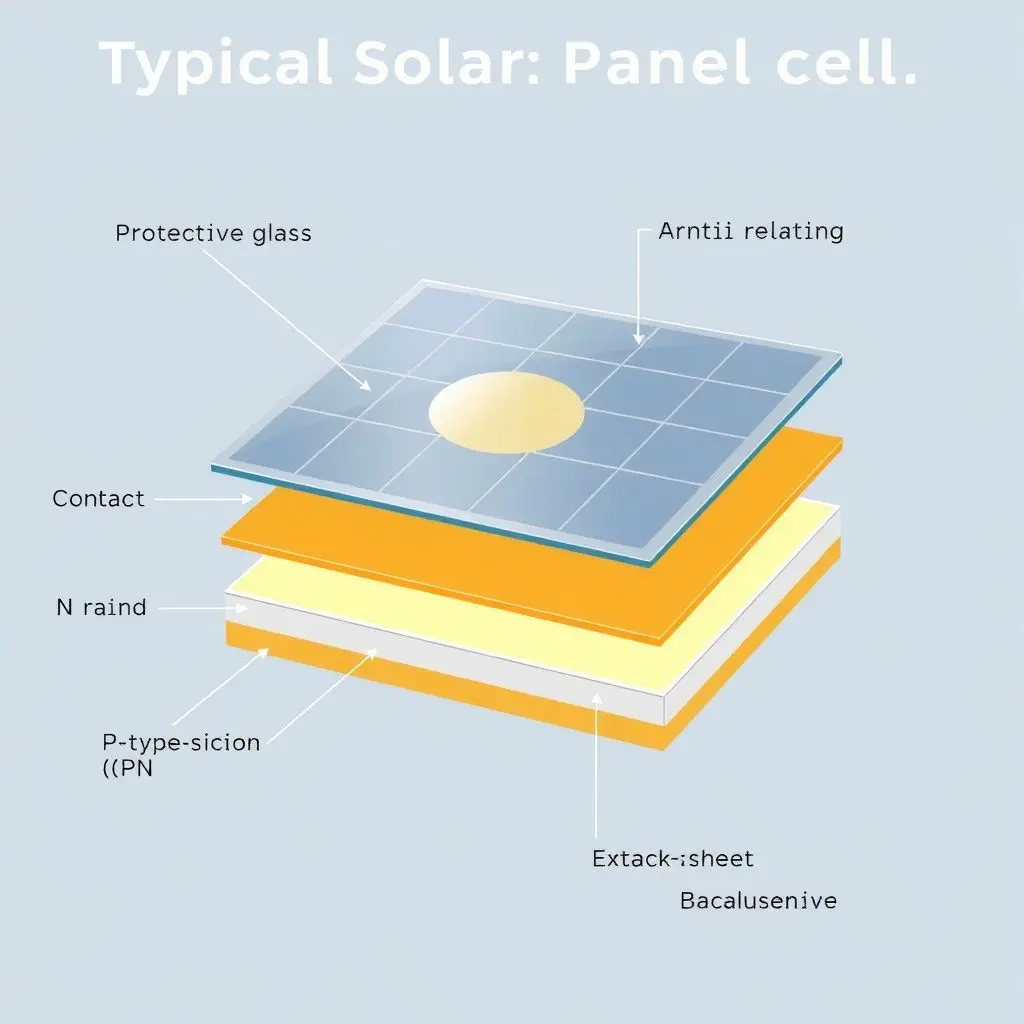
The Semiconductor Secret: The PN Junction
The core electricity-generating part of a solar cell is the semiconductor layers, specifically where a ‘P-type’ semiconductor meets an ‘N-type’ semiconductor, forming a PN junction.
- N-type Silicon: Silicon is ‘doped’ (mixed) with a small amount of an element like phosphorus. Phosphorus has one more electron in its outer shell than silicon, resulting in ‘extra’ free electrons. This makes the material negatively charged (N-type).
- P-type Silicon: Silicon is doped with an element like boron, which has one fewer electron in its outer shell than silicon. This creates ‘holes’ where electrons are missing, which act like positive charges capable of accepting electrons. This makes the material positively charged (P-type).
When these two types of silicon are brought together, a junction forms. Electrons from the N-side try to fill holes on the P-side near the boundary, creating a depletion zone and, crucially, an internal electric field across the junction. This electric field is the critical component that gives direction to the flow of electrons once they are knocked loose by sunlight.
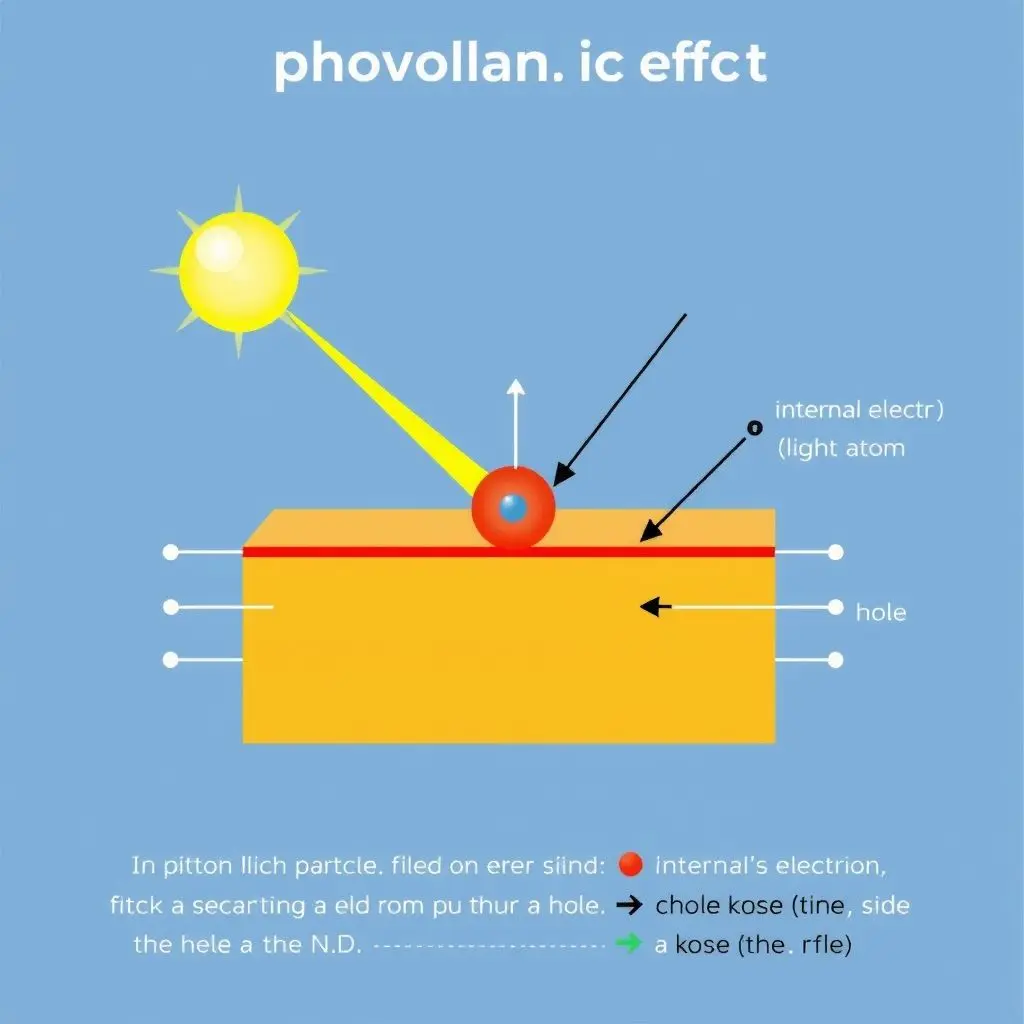
The Spark: Sunlight Meets Silicon
Sunlight is composed of tiny packets of energy called photons. When these photons strike the semiconductor layers with enough energy, they collide with the silicon atoms. This collision transfers energy to the electrons in the silicon, providing them with enough energy to break free from their atomic bonds. This process creates a free electron and a corresponding ‘hole’.
Now you have mobile charge carriers – the negatively charged electron and the positively charged hole.
Putting Electrons to Work: Creating Current
Here’s where the internal electric field of the PN junction comes into play. This built-in field acts like a tiny, invisible pump. It pushes the newly liberated electrons towards the N-type side and the holes towards the P-type side.
If you connect an external circuit (like a wire leading to your home) to the front and back contact layers of the solar cell, the electrons accumulated on the N-side will flow through the circuit towards the P-side to recombine with the holes. This flow of electrons is electricity! Specifically, it’s a Direct Current (DC), meaning the electrons flow in one direction.
DC vs. AC: The Inverter Steps In
The electricity produced directly by solar panels is DC power. However, the electrical grid and most household appliances use Alternating Current (AC), where the flow of electrons periodically reverses direction.
This is where a crucial piece of equipment called an inverter comes in. The inverter takes the DC power generated by the solar panels and electronically converts it into AC power that matches the voltage and frequency of the utility grid and your home’s wiring.
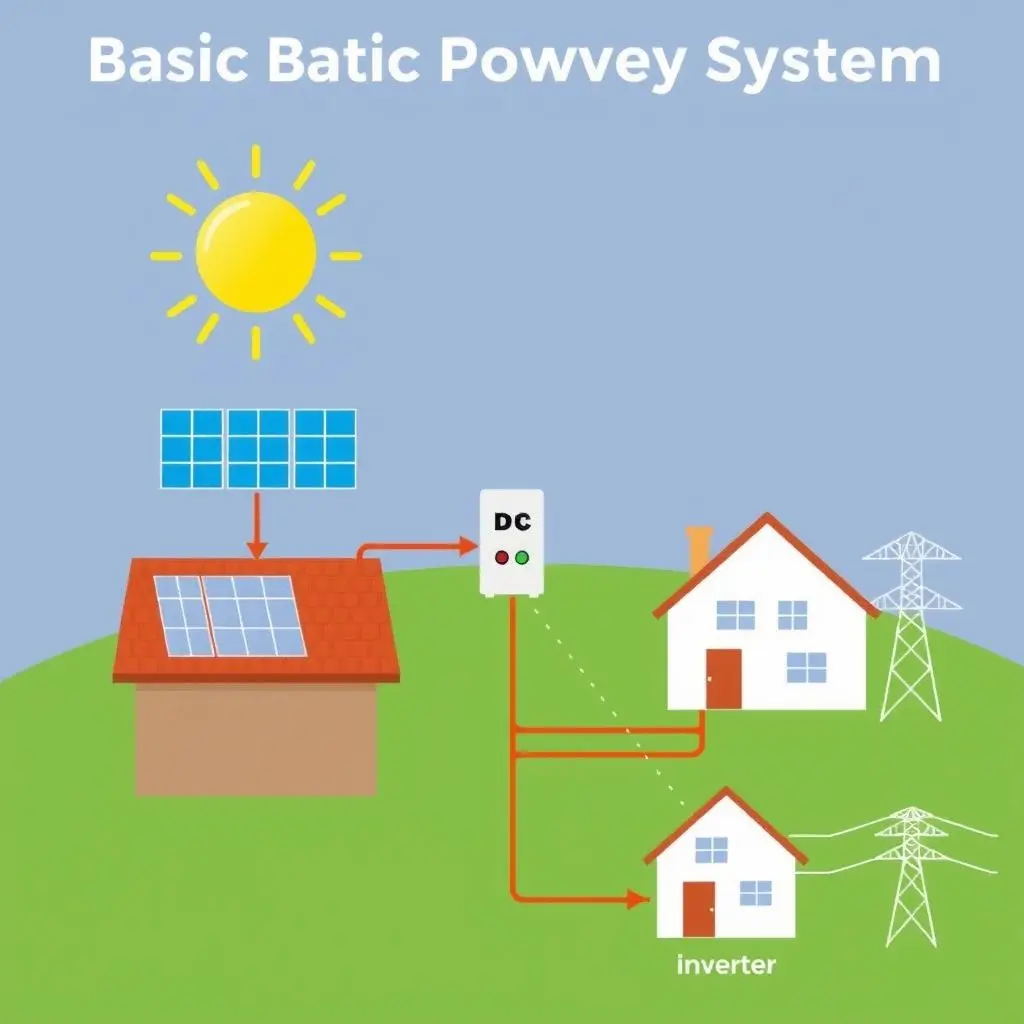
From Rooftop to Refrigerator: Connecting to the Grid
Once the power is converted to AC by the inverter, it can be used directly by appliances in your home. If your panels generate more power than you are currently using, the excess can often be sent back to the utility grid, potentially earning you credits on your electricity bill through a process called net metering.
It’s this seamless conversion and integration that makes solar power a practical and increasingly popular energy solution.
A Clean Energy Engine
The beauty of this process is its cleanliness. Unlike burning fossil fuels, generating electricity from solar panels produces no greenhouse gas emissions during operation. It’s harnessing the free, abundant energy delivered to our planet daily by the sun, turning it into usable power with no moving parts (within the cell itself) and minimal environmental impact once installed.
Frequently Asked Questions
Have more questions about how solar panels work? Here are a few common ones:
Q: Do solar panels work on cloudy days?
A: Yes, they do, but less efficiently. Solar panels convert light, not just direct sunlight. Even on a cloudy day, diffused light still reaches the panels and generates some electricity, though significantly less than under bright, direct sun.
Q: How long do solar panels last?
A: Most solar panels come with performance warranties of 25 years or more, guaranteeing that they will still produce a certain percentage (typically 80-85%) of their original output after that time. They are built to be very durable.
Q: What happens at night?
A: Solar panels do not generate electricity at night because there is no sunlight. Homes connected to the grid simply draw electricity from the grid as usual. Systems with battery storage can use the power stored from during the day.
Q: Are all solar panels the same?
A: No. While they all use the photovoltaic effect, there are different types (monocrystalline, polycrystalline, thin-film) which vary in efficiency, cost, and manufacturing process. The explanation above primarily describes the most common type, crystalline silicon panels.
The Sun’s Enduring Gift
Understanding how solar panels turn sunlight into electricity reveals a fascinating interplay of physics and engineering. It’s a process that takes the oldest energy source known to humanity – the sun – and, through the magic of semiconductor materials and a clever design, transforms it into the power driving our future. Each panel is a small, silent testament to human ingenuity and our ability to tap into the incredible energy potential of the universe around us.
Harnessing this power isn’t just about technology; it’s a step towards a more sustainable world, fueled by the most abundant, clean energy source we have. The journey of a photon from the sun to the light in your room is a short one, powered by pure, clean science.
